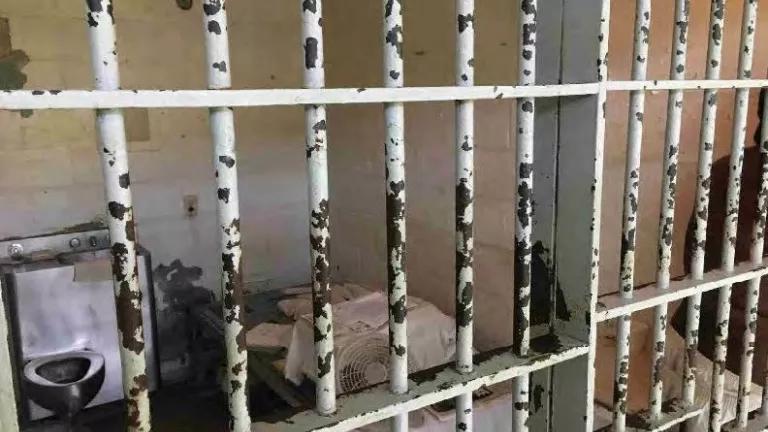No More Money Down the Drain: How to Plug Leaks in Drinking Water Systems and Save Money Across the Great Lakes Basin
Next time you turn on the tap, picture hundred dollar bills going down the drain rather than drops of water. That is literally what happens every single day across America, as billions of gallons of expensive, treated water is simply lost due to leaking, aging pipes. Those aging pipes cause more than 237,000 water infrastructure breaks across the country every year, resulting in $2.8 billion in lost revenue annually and higher rates for consumers.
NRDC's new website Cutting Our Losses: State Policies to Track and Reduce Leakage form Public Water Systems highlights how a number of states and utilities are using water loss accounting to address this nationwide problem.
Water loss accounting is a cost-effective, systematic approach that helps utilities detect, locate and correct leaks. Accounting for and controlling water loss not only helps utilities better manage their infrastructure and control costs, but it also increases system resiliency, reduces weather-related risks, protects water resources and shields residents from excessive utility rate increases.
The American Water Works Association has developed standard methods and terminology to perform water audits and to assist water utilities in tracking their distribution system losses. AWWA has even developed FREE software that any utility can download.
The tools that AWWA has developed help utilities identify real (physical) and apparent (water that is used but not billed) losses of water from their systems. Real losses include costs to a utility from the additional energy and chemical usage required to treat lost water. Apparent losses represent lost revenue as the water is consumed but not otherwise paid for or billed.
When a water system accurately identifies these real and apparent losses through a water loss audit program, it can begin to strategically implement controls to reduce them. For example, water loss programs can help utilities identify water losses that are economically recoverable and that are cost-effective to identify and eliminate.
Here in the Great Lakes' basin, water loss is a significant problem. One survey, by the Center for Neighborhood Technology, estimated that 63,000 miles of pipe in just 55 communities leaked about 66.5 billion gallons of water per year--enough to provide 2.2 million Americans with a year's supply of water. Those figures aren't surprising, given that the eight Great Lakes states face more than $101 billion in capital water infrastructure needs over the next 20 years.
And, yet, only one state—Wisconsin—requires more than rudimentary water loss reporting. Wisconsin requires annual water loss accounting using the AWWA methodology.
There are also promising water auditing developments in Illinois. Last year, the Illinois EPA convened an advisory committee, whose development NRDC helped spur, to shape and oversee the implementation of a state-wide effort to better understand the scope of water loss, which should result in requirements for utilities to undertake water loss control programs using the AWWA methodology. As a first step, IEPA is partnering with the Illinois chapter of AWWA (ISAWWA) and the Illinois Rural Water Association to provide training in water loss control to utilities. In December, ISAWWA trained 34 utilities, with 71 already registered for training to take place in January and February.
The agency is also exploring how to provide interested utilities with the technical assistance that some will need to address water loss issues; those issues could include everything from meter calibration to infrastructure improvements.
In addition, the Illinois Department of Natural Resources recently updated permit rules for the more than 200 communities who draw water from Lake Michigan. The revised rules, which NRDC and our partners submitted substantial comments on, make it easier for utilities to utilize the AWWA methodology and to better track the value of water loss.
It's exciting to see the increasing understanding and commitment to water loss accounting in both Wisconsin and Illinois; NRDC is working with the Center for Neighborhood Technology to educate state and utility leaders across the Basin on the value of this approach, which we hope will lead to increased adoption of water loss control programs in the other six Great Lakes' states.
After all, the Great Lakes states have a special responsibility to manage Basin waters. In ratifying the Great Lakes–St. Lawrence River Basin Water Resources Compact (Compact), each state agreed to undertake a series of actions, including the development of water conservation and efficiency programs requires. Water loss accounting programs are a critical way for states to ensure compliance with the Compact and better manage precious Great Lakes' water.
This is one post in a series of blogs accompanying NRDC's launch of a new website, which tracks state policies to audit and reduce leakage from public water systems. For more on this issue and our new website, see today's blogs by my colleagues Ed Osann and Larry Levine.




